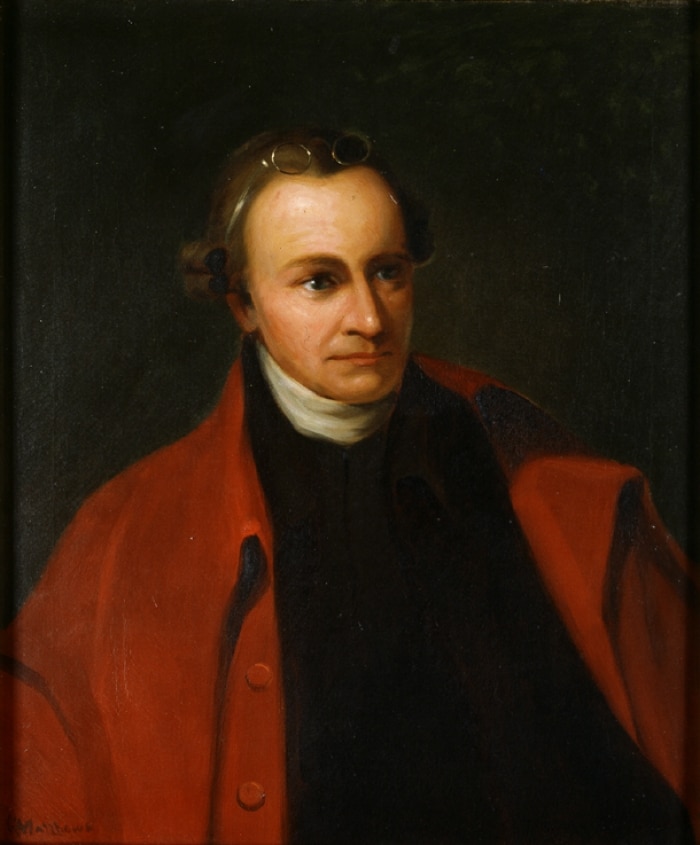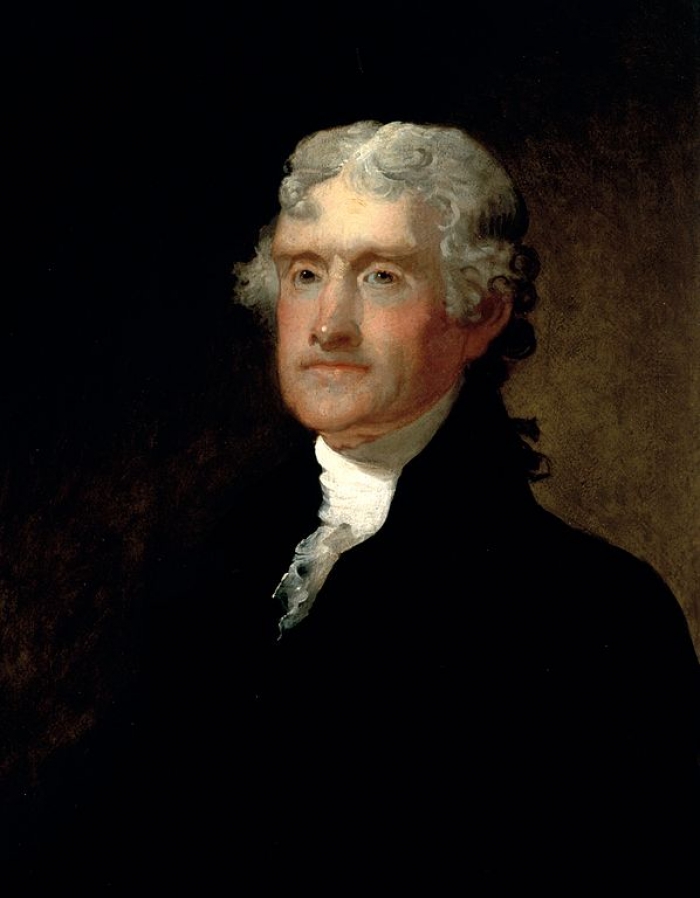The Virginia Statute for Religious Freedom was one of the most important documents in early U.S. religious history. It marked the end of a ten-year struggle for the separation of church and state in Virginia, and it was the driving force behind the religious clauses of the First Amendment of the U.S. Constitution, ratified in 1791.
Statute was first attempt to remove government influence from religious affairs
Drafted by Thomas Jefferson in 1776 and accepted by the Virginia General Assembly in 1786, the bill was, as Jefferson explained, an attempt to provide religious freedom to “the Jew, the Gentile, the Christian, the Mahometan, the Hindoo, and [the] infidel of every denomination.” In effect, it was the first attempt in the new nation to remove the government’s influence from religious affairs.
When the bill was first introduced during the legislative session in 1779, the Episcopal Church, which had just recently declared its independence from the Church of England, was the state-sponsored or established church in Virginia. Tax monies were used to support the church, and colonial laws compelled mandatory church attendance. Enlightenment thinkers such as Jefferson and James Madison had long opposed established churches, because they believed that religion was a natural right best protected without governmental coercion. Furthermore, they objected to the limited religious freedom available to other religious entities in Virginia—most notably Baptists, Quakers, and Presbyterians—although they confined their protest to a few friends during the early years of the American Revolution.
The situation changed, however, in 1779, as the war was winding down. That year, Jefferson’s bill was introduced in the Virginia General Assembly, but it was soon postponed. In response, in 1784 the fiery, headstrong Patrick Henry countered Jefferson’s bill with a bill of his own that called for a general assessment tax to support “Teachers of the Christian Religion.” Each taxpayer was allowed to choose what church or minister could receive his tax money. It was, then, a proposal to replace the Episcopal Church with “multiple establishments” of religion, creating a tight church-state network in Virginia that would use government dollars to support all Christian churches, not just Episcopalian Christianity.

With Jefferson in France serving as American minister during the 1780s, the task of opposing Henry’s bill fell to Madison, Jefferson’s close friend and collaborator. Madison proceeded to pursue successfully three goals, which led to the defeat of Henry’s bill and the passage of Jefferson’s. First, Madison secured an alliance with evangelical sects that were opposed to the assessment bill. Second, he supported Patrick Henry’s election to the governorship in 1784, thereby removing him from the legislature. And, third, he penned a finely crafted pamphlet called “Memorial and Remonstrance Against Religious Assessment,” opposing Henry’s bill, supporting Jefferson’s, and calling for a separation of church and state.
James Madison supported the bill in a pamphlet
In the “Memorial,” Madison eloquently articulated the principles at stake: “Who does not see that the same authority which can establish Christianity, in exclusion of all other Religions, may establish with the same ease any particular sect of Christians, in exclusion of all other Sects? That same authority which can force a citizen to contribute three pence only of his property for the support of any one establishment, may force him to conform to any other establishment in all cases whatsoever.”
The pamphlet was an instant hit. It was widely circulated in Virginia, and it was signed by over two thousand Virginians, many of whom were Presbyterians and Baptists who thought Henry’s bill posed a threat to religious liberty in the Old Dominion.
The bill outlined why established religions were dangerous
In addition to the pamphlet, Madison guided Jefferson’s bill to passage; it was finally enacted on January 16, 1786. The new statute outlined in clear and coherent language why it was dangerous to have established religions in America. It is organized in three sections.
- The first section, the preamble, affirms “that Almighty God hath created the mind free” and that “to compel a man to furnish contributions of money for the propagation of opinions which he disbelieves and abhors is sinful and tyrannical.”
- The second section discusses the act itself, stating that “no man shall be compelled to frequent or support any religious worship, place or ministry…or otherwise suffer on account of his religious opinions or belief.”
- And the third section concludes by offering a warning to future Assemblies, declaring that repeal of the act would violate “the natural rights of mankind.”
Jefferson considered the bill to be among his greatest accomplishments.When he died in 1826, he instructed that his authorship of the bill be included on his tombstone along with his authorship of the Declaration of Independence and his founding of the University of Virginia.
This article was originally published in 2009. Matthew Harris is a professor of history and director of legal studies at Colorado State University-Pueblo. He teaches and writes on the US Constitution, with a particular emphasis on Religion and the Law and Race and Religion.

